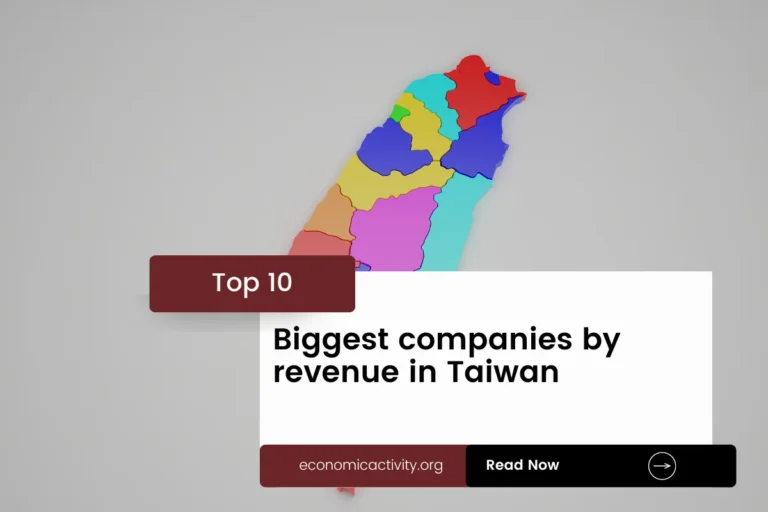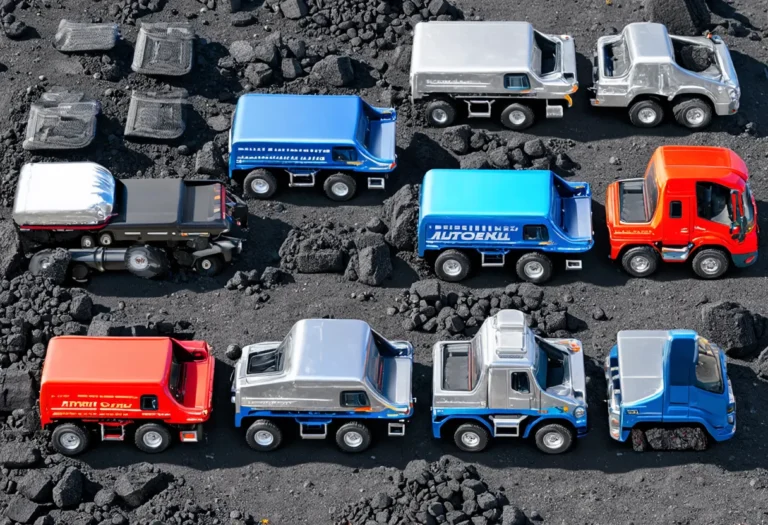Bangladesh, with a population of 171,186,372, is ranked 8th in the world, just behind Brazil. Located in South Asia, it covers a total area of 147,570 square kilometers, ranking 89th globally, just below Tunisia.
Bangladesh’s economic position in 2022 is notable, with a GDP of $460,201,265,527.977, ranking 33rd globally. The country is closely behind Singapore, which has a GDP of $466,788,426,791.966. In terms of GDP per capita, Bangladesh ranks 137th with $2,688.3055.
It lags behind Angola, which has a GDP per capita of $3,000.44423. Despite facing challenges, Bangladesh’s economy shows resilience and potential for growth in the coming years.
What are the economic activities of Bangladesh?
- Primary activities: 14.2% of GDP.
- Secondary activities: 29.3% of GDP.
- Tertiary activities: 56.5% of GDP.

Primary Sector of Bangladesh
Bangladesh’s primary sector, mainly agriculture, thrives due to its favorable climate and rich natural resources. With 77.35% of land dedicated to agriculture, the country produces a variety of crops including rice, milk, potatoes, maize, sugarcane, onions, vegetables, jute, mangoes/guavas, and tropical fruits.
Despite contributing 14.2% to the GDP, agriculture plays a crucial role in the economy. The diverse range of agricultural products highlights the sector’s importance, providing sustenance and livelihoods to many Bangladeshis.
The country’s diverse geological landscape contributes to its abundant natural resources. With significant deposits of natural gas, coal, and timber, coupled with vast arable land, these resources drive the economy through energy production, agriculture, and forestry industries.
Bangladesh’s oil production, at around 3,000 barrels per day, ranks 63rd globally. With 28 million barrels in reserves, it holds 0% of world reserves.
Bangladesh’s natural gas production of 26,100 million m³ in 2020 secures its position as the 28th largest producer globally. This significant output fuels the country’s economic activity, supporting industries such as energy production and manufacturing.
Secondary Sector of Bangladesh
What is the secondary sector or what are secondary activities?
The secondary sector encompasses industries that transform raw materials into finished products for consumption. In Bangladesh, the main industrial products include cotton, textiles, jute, tea, paper, cement, fertilizer, sugar, and light engineering goods, which are manufactured for domestic consumption and export.
In 2023, Bangladesh’s total exports are dominated by the textile and garment industry, making manufactures a crucial component.
Tertiary sector of Bangladesh
What is the tertiary sector or what are tertiary activities?
The tertiary sector in Bangladesh encompasses a wide range of services that focus on enhancing productivity and meeting various needs through intangible goods. Key activities include restaurants, healthcare, education, banking, communication, media production, and tourism. These services play a crucial role in driving the country’s economic growth and improving the overall quality of life for its citizens.
Notably, Bangladesh’s tourism industry contributes significantly to its economy, with an annual influx of 323,000 visitors. Although the tourist arrivals ratio is relatively low at 0.0019, popular destinations like the Sundarbans mangrove forest and Cox’s Bazar beach attract both domestic and international travelers, driving economic growth through employment and revenue generation.
Another example of tertiary economic activity is the mobile cellular sector, which boasts around 180 million subscriptions, facilitating connectivity and supporting technological advancements across various industries.
Military Activities and Economic Sectors of Bangladesh
The military is a key example of many economic activities in a country. It involves the primary sector, like resource extraction for weapons. The secondary sector includes the manufacturing of military equipment. The tertiary sector covers services provided by the military, while the quaternary sector focuses on research and development. Lastly, the quinary sector involves high-level decision-making and strategy.
In 2023, Bangladesh’s military expenditure was $4.208 billion, which is 1.13% of its GDP. The active military force consists of 163,050 personnel. This means there are about 1.4 active military members for every 1,000 people in the country.
Biggest company in Bangladesh
Which is the biggest company in Bangladesh? Grameenphone is the largest, with a market value of $3.84 billion. Founded in 1997, it operates in the telecommunications industry, providing mobile services and internet access, playing a vital role in the country’s economy.
International Trade of Bangladesh
Import Activities of Bangladesh

Bangladesh’s high import activities, accounting for 20.89% of GDP, indicate its reliance on foreign goods for economic growth.
Bangladesh’s main import partners are China (32%), India (17%), Singapore (6%), Malaysia (5%), and Indonesia (5%). The country imports refined petroleum, cotton fabric, cotton, fabric, and fertilizers to meet domestic demands and support various industries.
Exports Activities of Bangladesh

In 2023, Bangladesh’s total exports amounted to $59.28 billion, accounting for 12.88% of its GDP. With export activities constituting a medium proportion of the GDP, they play a significant role in the country’s economy, driving growth and creating employment opportunities.
Bangladesh’s export activities primarily focus on garments, footwear, fabric, textiles, and jute yarn. The country’s key export partners include the US (18%), Germany (16%), UK (8%), Spain (7%), and Poland (6%).
Bangladesh economy challenges in 2024
Bangladesh, one of the fastest-growing economies, faces challenges in 2024. Declining exports and remittances have led to a decrease in foreign exchange reserves, prompting an IMF loan request. Despite significant poverty reduction, the country must address economic vulnerabilities to sustain growth.




Leave a Reply